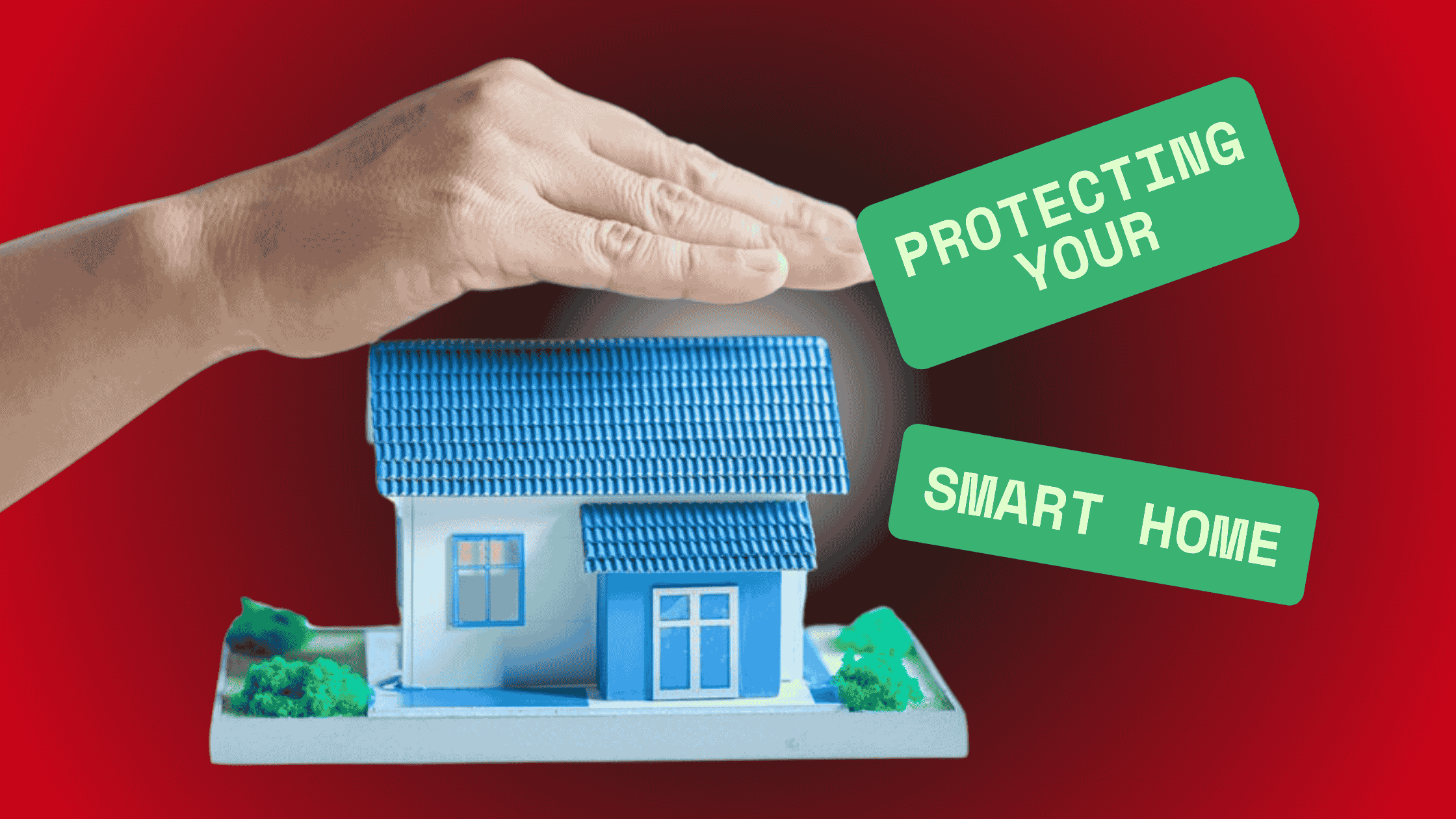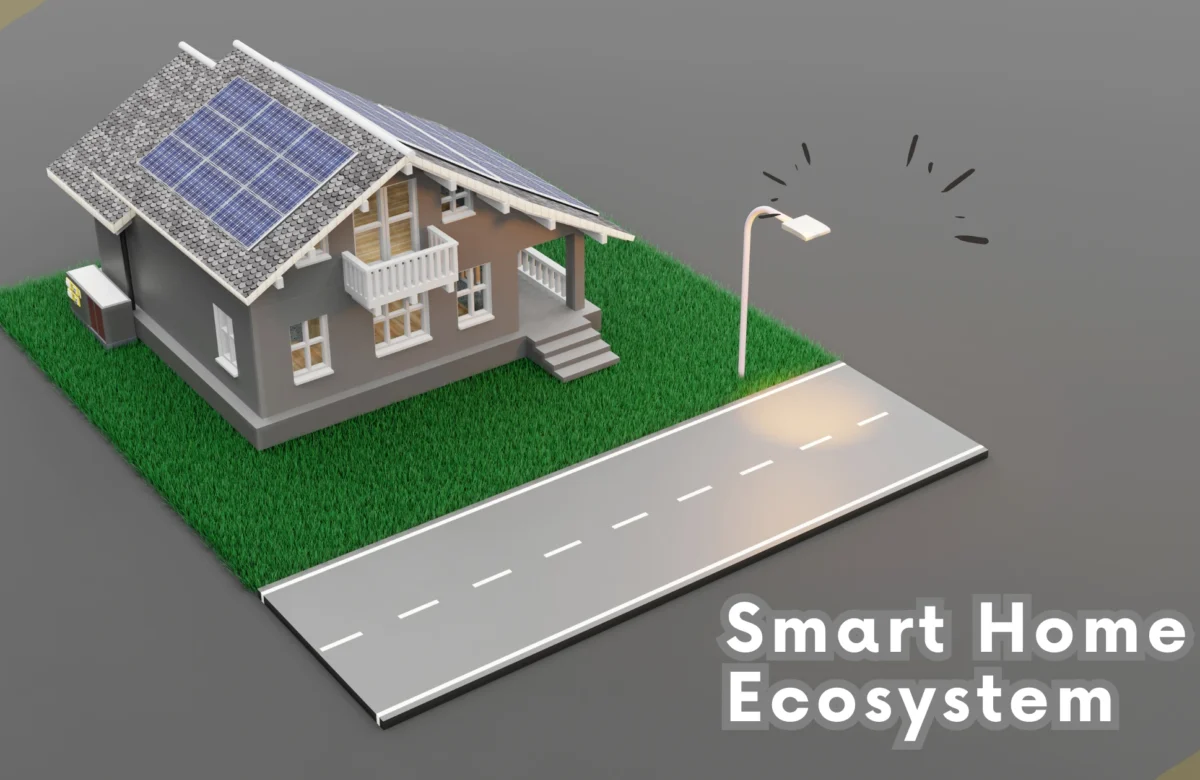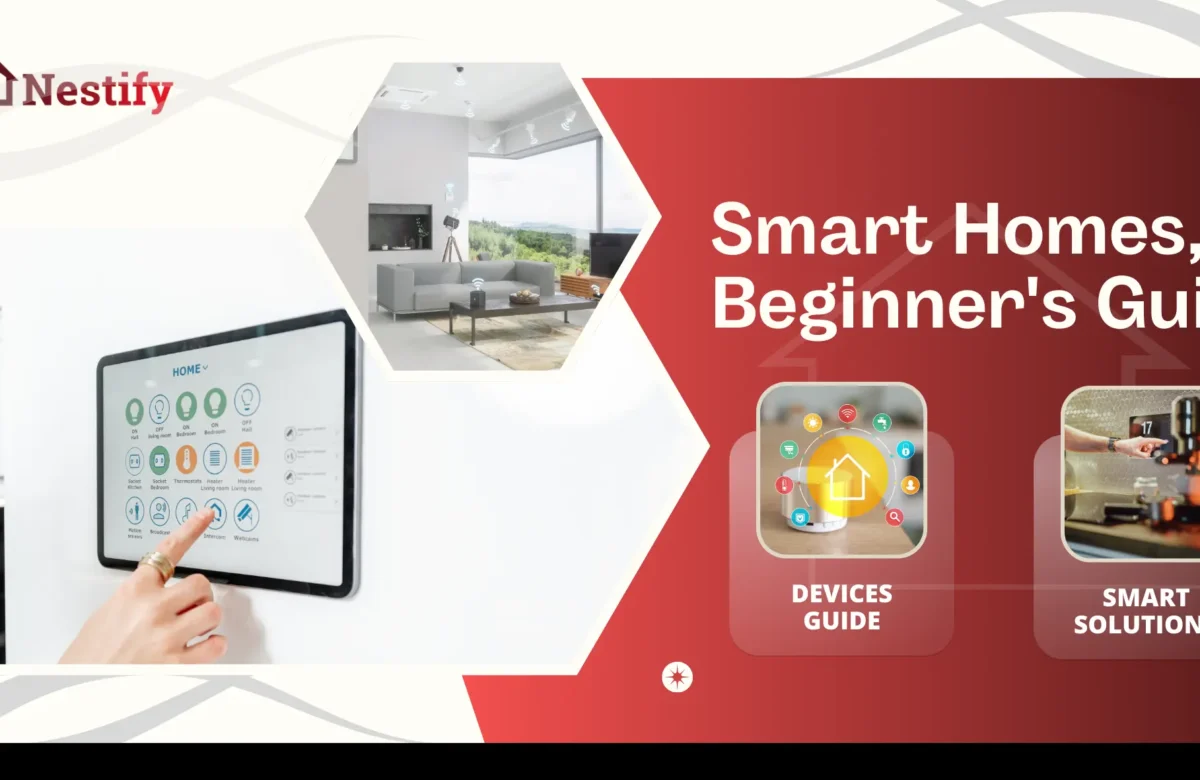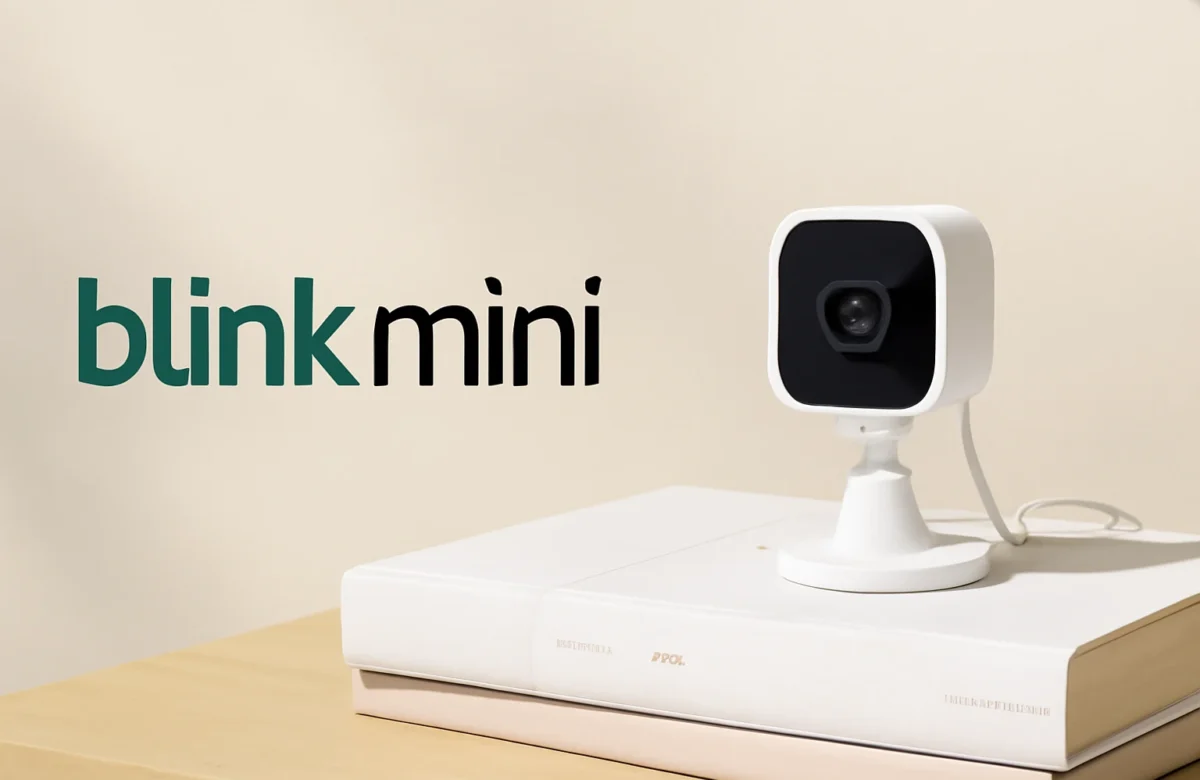Smart Home Security | How to Secure Smart Home in 2025
- March 20, 2025
- 1 Comment
- 217

Ensuring Smart Home Security in 2025
Technology is the dominant element in our life that not only makes it easier for us, but it gets even more inconvenient. And in this age, we are witnessing not just greater interconnectedness but also the ever-growing vulnerability of our smart homes toward digital threats. That the Internet of Things is growing is evident by the names AI-powered thermostats to advanced ‘smart home security” cameras, which are getting more and more popular. The need to secure the devices has become essential as home automation technology has been universally adopted. New software updates that contain advanced security measures are being developed, enabling you to have greater control and convenience. The security aspect also introduces new risks, but it is all part of the process. This article provides an overview of the current situation on this topic. It has suggestions for the best practices, common security threats, and how to keep potential hacks away from home.
Understanding Smart Home Devices
The internet-connected electrical appliances that homeowners can control remotely are smart home devices. They are implemented in our houses to save energy, be more efficient, or even have more secure homes and lives. They, however, also have threats connected with them. One common approach towards home automation is installing smart home devices. They are the most popular devices you may encounter daily in your smart home automation process. Some examples are:
- Smart Thermostats: Such gadgets as Nest or EcoBee will let you manage your home’s temperature and, in this way, reduce energy consumption and save up on energy bills.
- Smart Security Systems: Devices such as Ring or Nest Cam enable homeowners to monitor their households through live video feeds, motion detectors, and alarm alerts.
- Smart Lights: For example, with Philips Hue, the lighting in your house can be coordinated by using a phone or voice assistant.
- Smart Speakers: These products like Amazon Echo and Google Home let you speak your mind by commanding them about the music you want them to play, the smart appliances, and the home security you want them to turn off.
- Smart Plugs: Convert non-smart devices to smart ones that permit control from afar for your home electronics.
- Smart Doorbells: Seeing who is standing at your door and chatting with visitors from a distance increases safety.
Smart home security systems can be very convenient and controllable, but with the utility of their connectivity, there also comes the care of maintaining their security.
Risks and Threats to Smart Home Security

Every day, the number of smart home devices increases, and there are direct links to the growing dangers associated with their use. Smart devices are connected to Wi-Fi or Bluetooth, and this helps cyberbullies find them. Here is a list of why you need to secure your devices:
- Unauthorized Access: Your devices can be easily hacked with weak passwords or outdated software.
- Smart Device Hacks: Hackers can mess around with smart devices. For example, they can change your heater temperature or watch back security cam videos.
- Data Breaches: If there is no proper security, personal information may be disclosed, opening the door to identity theft or financial damage.
- Malware and Ransomware: Criminals known as cybercriminals will stop at no obstacle to using virus software, which will either lock your pieces of information or steal your details.
The incidents the examples refer to reveal that ‘smart home security’ devices have been intercepted. In 2018, a hacker remotely made alterations to a home’s smart thermostat, thus making the homeowner feel discomfort. It is the same situation as the 2019 one where the hacker could speak to a family by using the home’s smart camera, which was turned on, thus making them very afraid and anxious.
Best Practices for Securing Your Smart Home
If you wish to secure your smart home and hinder the unauthorized entry of your devices by cyber crooks, you have to abide by these basic security measures:
Use Strong and Unique Passwords
Passwords with cryptographic strength are by far a better and more reliable security strategy against unauthorized entrance by hackers. Avoid setting simple and predictable master keys like “123456”, for example, when you can also come up with ones based on your pet’s name. Below are some effective ways to go about the process of creating such keys:
- When making a password, implement a switch between the ASCII aliases and special characters in combination with the numeral and alphabetical sequences.
- Never include personal information in your passwords that would be easily discerned, such as birth dates or your name.
- Maintain the security of your passwords by changing them frequently.
Installing a password manager might be a good option for creating and accessing such a different and hard-to-guess one for every device.
Regular Firmware Updates
Makers dispatch updates to the firmware because they aim to get rid of the security loopholes and improve device function as well. Be sure you are constantly looking for the latest updates on your devices, and once you find them, you must immediately install them.
Being able to turn on automatic updates will always make sure during this time your devices are protected by your time and no manual work will be performed by you.
Secure Wi-Fi Networks
Your home smart devices depend greatly on a stable and safe Wi-Fi network. These are the ways to keep your network free of unwanted intrusions:
- Employ WPA3 protection for your home wireless network.
- Supply your router with a powerful password, not the one frequently found, but rather, brainstorm and create a unique one.
- Change your Wi-Fi password regularly, and do not use the default one that comes with your Internet service provider because it is just too easy to guess.
Another good idea to improve the level of security of your Wi-Fi network is to make a different Wi-Fi network, especially for your smart devices, and keep them separate from the original one. This way, unauthorized access to other devices like your computer or smartphone can be made more complicated.
Enable Two-Factor Authentication (2FA)
Two-factor authentication (2FA) is a way to add an extra level of security to your devices and accounts. Thieves trying to use your password to enter your device and steal your data won’t be successful since they must provide a second authentication factor. You need to use 2FA on your devices to ensure that only authorized users can access your smart home security systems.
Awareness of Device Permissions
Most smart home applications and gadgets ask for personal data from you, such as your location or contacts. You should go through and manage your permissions with accuracy. Apart from this, only the information necessary for the app or device to work should be allowed for the app and device to access. To limit the privacy risks, update your device permissions regularly.
Advanced Security Measures
If you’re thinking about more substantial safety matters, then consider the following advanced measures as well:
Use of a Dedicated Hub or Home Automation System
The smart home hub is a device that serves as the central control unit for all your smart devices. The device gives a secure platform for managing and watching your devices, which means detecting possible threats becomes easier. Leading brands like Samsung SmartThings and Amazon Echo provide security features such as firewalls and encryption that safeguard your data.
Implementing a Virtual Private Network (VPN)
A VPN does not allow anyone to snoop into your online activities when you effectively hide your web traffic via its encryption mechanism. By setting up a VPN on your smart home security devices, you will make sure that your network is kept personal and secure, even when you are in a public place. By doing so, you will also be able to swap between list and country permissions, which is handy if you ever find a content-blocking situation we would like to get around by viewing something otherwise unavailable.
Smart Device Firewalls
A firewall, a network security system, is a device placed on a network to protect it from unauthorized intruders and malicious traffic attacks. In addition, this firewall allows us to isolate our connected home network and prevent malicious activities. Ensure that all updates for the firewall are made at the time the security risk is spotted as it is the only way to have the maximum protection on your network.
Regular Monitoring and Maintenance
Continuous observance is mandatory for the well-being of your internet-enabled gadgets at home. Here are some useful tips to help you along the way:
- Monitor Device Activity: Regularly refer to activity logs to scrutinize any suspicious activity that may be in the form of unauthorized access.
- Run Security Scans: Time by time, you should run antivirus scans of your devices to check for malware and vulnerabilities and ensure software updates.
- Backup Important Data: Schedule to backup daily throughout the day so as to avoid risks of losing the data in case of a violation of security and system crash.
Future Trends in Smart Home Security
Smart home security is one of the most exciting and forward-thinking areas of artificial intelligence (AI) and machine learning (ML) today as we get more promising results. AI is now a player in the field of smart home devices. It is designed for smart homes and controls the house while you are away. It can foresee the arrival of danger at any part of the house and shoot invisible security rays to protect you and your house. Smart homes are becoming increasingly interconnected, which will be a significant factor in making home security systems more sophisticated so that they can foresee possible attacks and keep virtual intruders away.
Conclusion: Protecting Your Smart Home in 2025

With the increasing demand for Smart home devices as inevitable tools in everyday life, the need is undoubted to secure them to protect your home’s privacy and safety.| The article will go into the various ways to protect our smart home system from cyber attacks, as it is an emerging issue and a critical point that we focus on. If you want to keep your smart home protected from threats, thus you should use a safe network and secure devices and update/set strong passwords and other advanced security technologies when possible so that the hackers may fail quickly and leave your home unprotected. Ensure you continually monitor the latest security trends and industry standards to shield your smart home security so that you can have the peace of mind and the secure, connected lifestyle you have built so far.



1 Comments
[…] Smart security cameras (60% of) the effort to break in, making them the most effective system to protect your property. […]